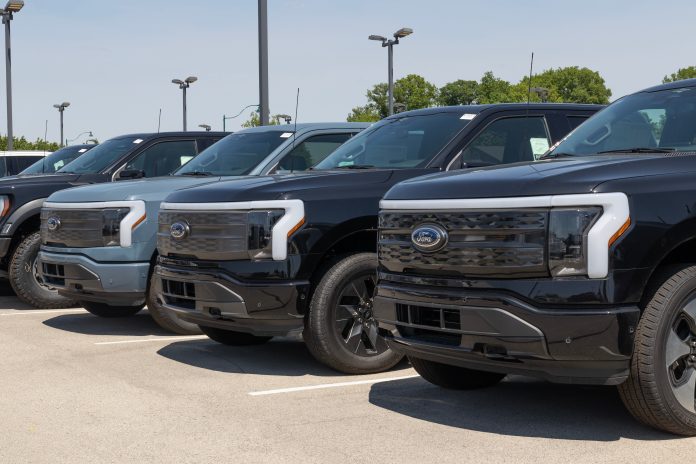A study published on Tuesday, June 13, by the American Automobile Association (AAA) found sizable differences in an electric vehicle’s driving range based on cargo weights.
Using a 2022 Ford F-150 Lightning, AAA researchers loaded sandbags onto the electric pickup, reaching approximately 93% of its 1,510-pound weight limit. The vehicle’s driving range was consequently reduced by 24.5%, a difference of 68 miles from the car manufacturer’s estimate. Director of AAA Automotive Engineering Greg Brannon stated, “Our testing revealed a significant range reduction,” but admitted that Lightning owners were more likely to haul lighter loads, decreasing the impact on distance.
Despite their prominence in automotive discussions, electric car manufacturers have struggled to generate demand among shoppers who use their vehicles to transport cargo or live in areas with limited charging infrastructure. Dubbed “range anxiety,” concerns over EV driving ranges are considered a major obstacle to reducing emissions from transportation. However, the study argues that battery-powered cars are still a good choice for many consumers, especially those who live in urban environments. AAA spokesperson Adrienne Woodland suggests that hesitant buyers “consider the driving they will be doing and choose the right EV for their needs.”
Car manufacturers are already in the process of developing new technology which could drastically boost EV driving ranges. Toyota, for example, announced plans earlier this week to develop batteries capable of lasting 600 to 900 miles on a single charge, substantially more than any current-generation model. However, winning over customers who use their vehicles to haul cargo may require more transparency from automakers on how weight may impact range.



